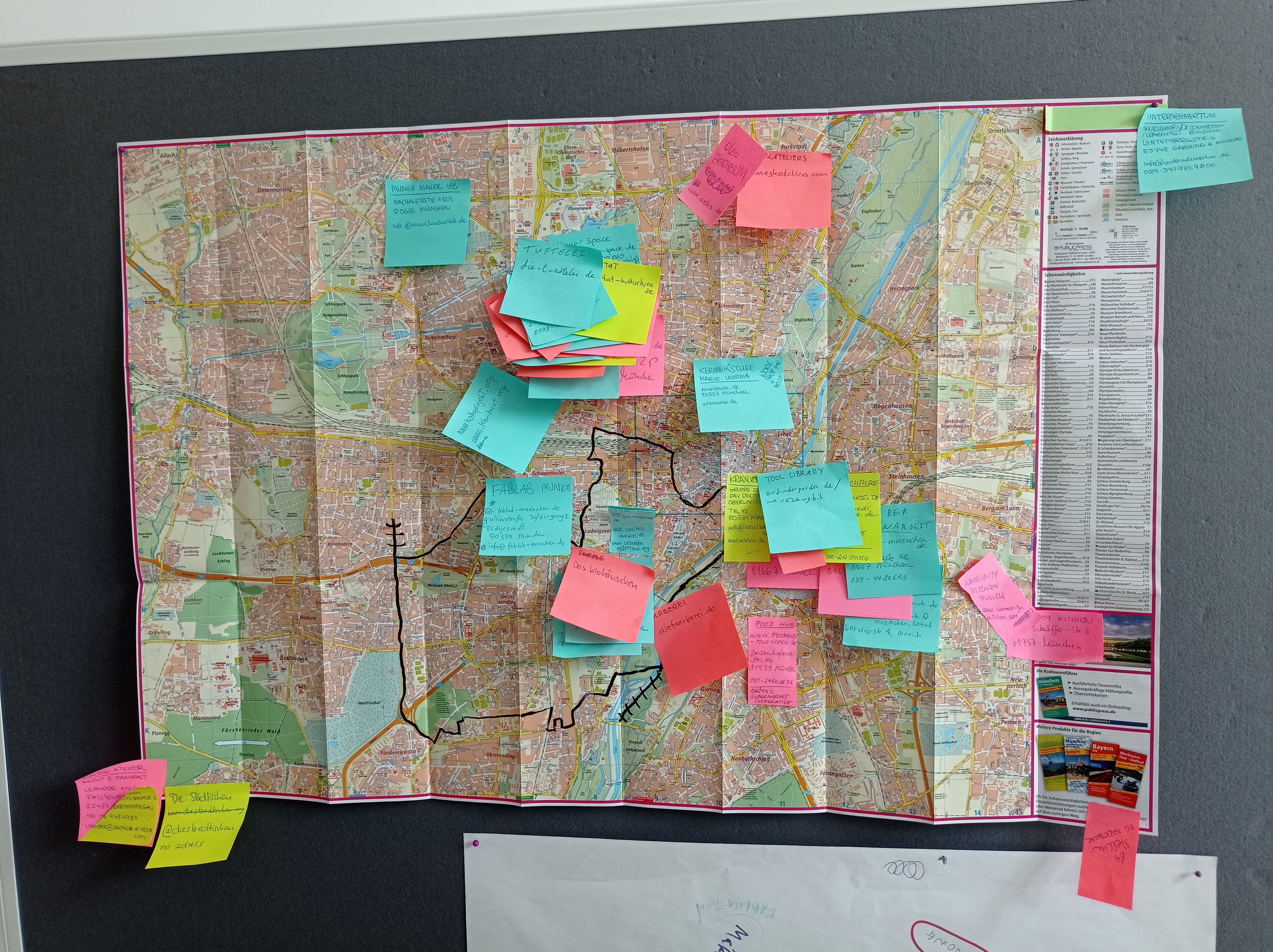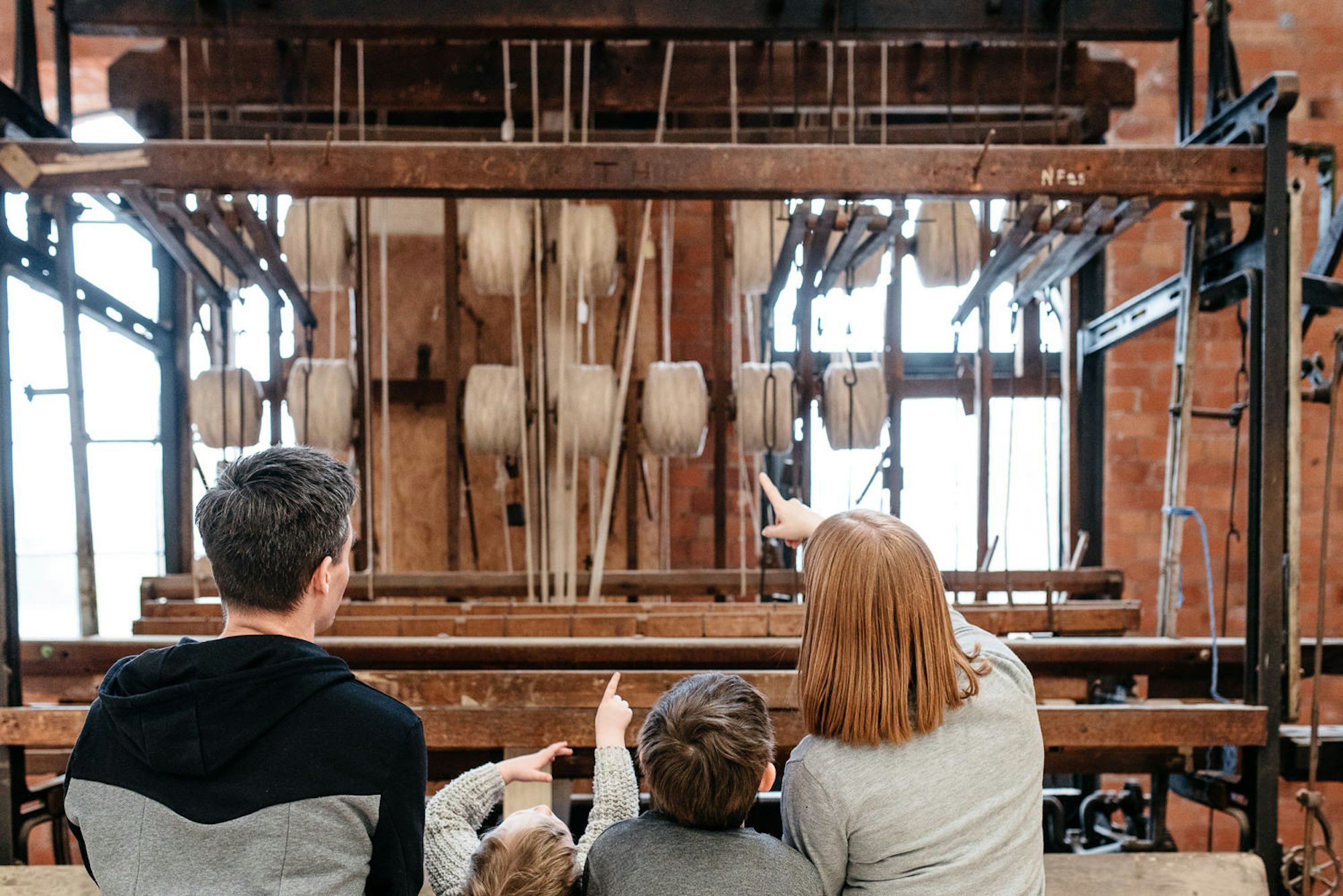Stories / Inspiration /
8 incredible techniques and processes for working in Stone

From crude symbols painstakingly chipped onto cave walls; the decoratively carved facades of our museums, to the polished granite worktops gleaming their way into new kitchens across the country - stone is a material that has been utilised by mankind for almost 800,000 years.
Artists in particular have frequently used stone for sculptural work. In architecture, the work of the stonemason can define whole cities: form the granite grey streets in the north east of Scotland to the Brownstone apartments of Brooklyn, NY.
Of course, stone is not without its problems. In recent years, quarries in Tuscany used by the likes of Michelangelo have been closed due to the environmental impact of quarrying on the land; while tensions have risen in the previously peaceful Afghan province of Badakhshan over the mining of it’s blue stone, lapis lazuli.
However, when carefully and ethically sourced, stone is a material with an extensive number of uses. Always heavy, always long-lasting - it can be rough, smooth, precise, complex, dry, brittle and is be found in an array of complex natural patterns and colours. When carved by hand there is an incredible amount of strength, patience and craftsmanship involved. In a more industrial context, the machines are simply mesmerizing to watch.
Here are 8 different stoneworking techniques and processes, and where you can find them on Make Works.
1. Hand Carving
Before the development of metal carving tools, harder stones were used to shape soft stones like chalk or soapstone. The hand carving process today has remained largely unchanged and remains a physical process - though steel chisel, tools and mason’s hammers are used to subtract material away from a larger stone blocks.
Traditionally stonecarving was used to make facades for cathedrals, statues and religious iconography. During the 20th century however artists working in stone such as Henry Moore and Barbara Hepworth and began to make more abstract shapes - a practice which has continued to this day.
You can have Stone Carved by Michael Scheuermann in Birmingham
You can take a Stone Carving workshop at Edinburgh Sculpture Workshop in Edinburgh
2. Letter Cutting
Letter cutting is similar to hand carving, but uses the chisel at different angles to make letterforms. It is typically used to make gravestones, plaques or lettering on monuments.
Much like a sign painter, training in the art of letter cutting means developing a solid understanding of typography. Lettering is often adapted to the type of stone; considering layout and purpose when deciding on the shapes, spacing, colours, shadows and type of cuts to be used.
You can read more about the work of a letter cutter here
For Stone Letter Cutting in Scotland you can work with Gillian Forbes near Kinross.
3. Sand Blasting
Sand Blasting is the process of forcing sand through an air compressed pressure nozzle to shape another surface. Sandblasting can also be done with other abrasives, such as glass, plastic or for a lighter finish, baking soda.
In stone, sandblasting is typically used to create lettering or other images on gravestones. Many stone masons will make a rubber stencil, which is then placed on the stone to protect the areas they do not want blasted away. These stencil images are often made digitally before being cut out using a vinyl cutter -which means that any digital font or flat image can be translated onto stone.

There is still a divide between stonemasons and letter cutters as to the quality of techniques like sand blasting. On the one hand it is cheaper and faster, but tends to use typography intended for paper and ink, rather than the material qualities of stone reducing its effectiveness.
In Scotland, you can have stone sandblasted at Douglas G Swan and Sons in Dumfries and Galloway.
4. Diamond Cutting
Diamond allows tools such as saws, drills and grinders to cut through particularly hard surfaces, such as stone. An industrial circular diamond saw for example, has diamond tips embedded all around the edge. This is used to cut away parts of unwanted stone: transforming large boulders into slabs of various sizes and other workable pieces.

These diamond saws, which are high-speed and computer operated work better when wet, as water prevents the blade from overheating. Many stone masons will collect and continuously reuse the water used in this process.
You can find a diamond saw and tools at Elgin Marble Company in Elgin.
5. Stone Polishing
Stone can be rough, flat, matt, smooth or polished into a high gloss finish similar to glass. To achieve this there are a number of different stone polishing machines and techniques that can be used. This includes grinding - a process similar to sanding, where large metal discs or diamonds sand out roughness and imperfections. The next stage is buffing, where polishing powders and compounds such as silicon carbide are pushed over the surface.
For very high gloss finishes a coating might be applied. Similar to using wax on wood, a polymer will be applied to the stone which gives it an added shine. At the next level, chemicals such as fluorosilicate are sprayed onto the stone and buffed with steel wool pads. This causes glass like crystals to be formed on the surface and is called crystallization.
It is worth bearing in mind that not all stones can be polished - granites, marbles and some limestones work well, but they might all require different polishing techniques.

6. Flaming
A more advanced stone carving process is flaming the surface using a jet torch. Here, high temperatures with a combination of cold water chip away at the stone causing it to flake away. Using torches on stone can be used to remove any previous tool marks, leaving a natural “flame finish” - or by applying the heat for longer will actually carve into the stone.
Typically flaming is used to create large, outdoor sculptures when it is more practical to work on site. Jet torches are also used to restore non-slip surfaces on stone steps, remove graffiti from walls or even quarry small quantities of the material.
We havn’t found anywhere in Scotland using Jet Torches (it is mainly used in the United States) but if you know of anyone please get in touch.
7. Water Jet Cutting
Water Jet Cutting is a process where high speed water is used to create accurate profiles cut or etched from virtually any material. Abrasive Water Jet Cutting machines can cut virtually all materials, including stone from 1mm to 150mm thick varying in size from the intricate up to a 4m by 2m profile.
Water Jet Cutting in stone is similar to water jet cutting in any other material, ideal for creating both small and large stone shapes.
In Birmingham you can find water jet cutting at Aquajet Profiles in Canley
In Scotland you can find water jet cutting at Jet Cut in Hillington

8. CNC Machining
We’ve saved one of our favourites to last here as CNC machines have impressive role when it comes to stone. 2-axis routers, 3-axis lathes, 4-axis wire cutters, 5-axis mills - whatever 3D forms you thought you could CNC in wood or metal, you are also likely to achieve in stone.
Like diamond saws, often the CNC tools in stone have diamonds embedded on them so that they can cut through the material. Typically CNC Machines are used to make stone pillars, stone sculptures and bespoke architectural features.
In Scotland you can use a CNC Machine for stone at Fyfe Glenrock near Old Meldrum.
If you enjoyed this you might also be interested in our article: What is Powdercoating and how can I use it?
Categories
Inspiration
Related stories
Day 23 | Make Works Residencies 01 | Catching up with Katy West
Craft Scotland Conference
Happy International Women's Day!
Material Monday - Woven Polypropylene
Maker Speed Dater














